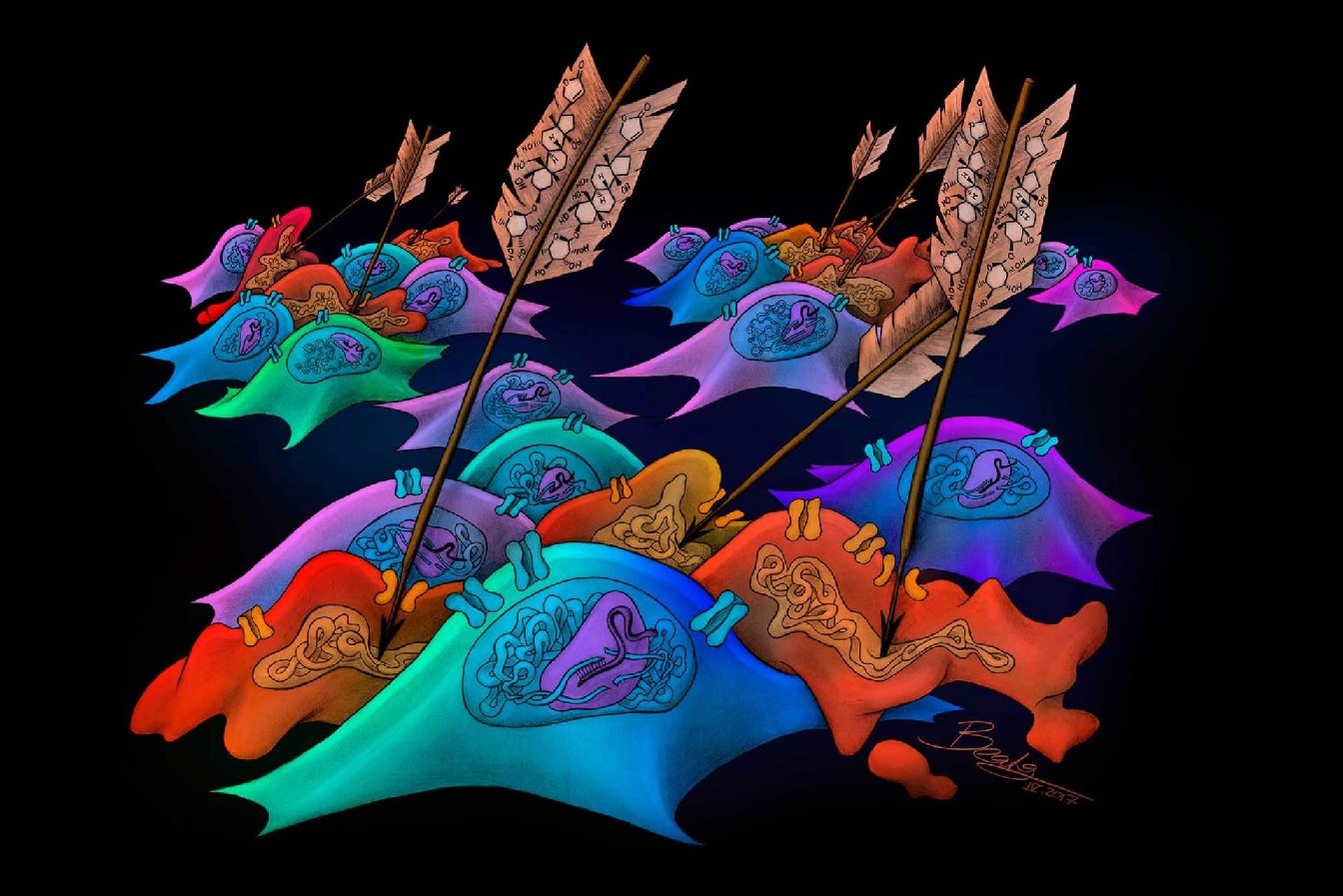Biology, the study of life and living creatures, is a theme that fascinates the imagination and interest of beginners. In the search to make intricate biological ideas more nearby and attractive, teachers and writers are turning to charming appearances. By using dynamic visuals, cooperating basics, & ground-breaking storytelling, these exhibitions tie the gap between outdated learning and a more immersive, pleasing survey of the miracles of ecology.
Visual Storytelling
Pictorial rudiments are influential tools for assigning composite life concepts. Including vibrant pictures, figures, and animations in demonstrations helps to abridge difficult processes and structures. Graphics occupy the spectators’ imagination, letting them imagine the microscopic world, organic processes, and the interrelationships of living beings.
Interactive Learning Experiences
Involve learners actively by incorporating interactive elements into biology presentations platforms like Google Slides, Mentimeter, Kahoot! or communicating replications allow contestants to reply to questions, crack problems, and sightsee organic ideas hands-on. This style alters inactive education into an interactive journey, developing a profounder understanding of organic principles.
Case Studies and Real-World Applications
Connecting biotic concepts to real-world claims through case studies enhances the relevance of the subject matter. Presentations can check out how these principles are practical in medicine, ecological conservation, or biotech. By combining theory with practice, students gain a larger perspective on the meaning of ecology in their lives.
Storytelling with Personal Anecdotes
Presenting particular stories or old narratives related to living discoveries can make the subject more relatable and memorable. Tales about innovative scientific experiments, the lives of renowned biologists, or even special connections with nature can add a social touch to the education experience, making a link between the viewers and the subject matter.
Incorporating Multidisciplinary Approaches
Biology is fundamentally multidisciplinary, linking with fields such as chemistry, physics, and mathematics. Appearances that integrate these networks help learners appreciate the interdisciplinary nature of natural science. Representing how organic developments involve principles from different sciences inspires a full understanding of the subject.
Utilizing Technology for Virtual Tours
With the advancement of technology, virtual tours can provide an immersive exploration of living phenomena. Utilizing virtual reality (VR) or augmented reality (AR) can transport learners into the microscopic world, ecosystems, or even inside a cell. This interactive experience offers a unique perspective and fosters a sense of wonder about the intricacies of life.
Engaging Demonstrations and Experiments
Live demonstrations and experiments bring biology to life, allowing learners to witness scientific principles in action. It doesn’t matter if it’s a dissection, live research, or a simulation; these hands-on involvements leave a durable impact. Computer-generated platforms also allow for the broadcast of live experiments, enabling broader participation.
Encouraging Group Discussions and Collaboration
Foster a collaborative learning environment by encouraging collaborative presentations and group discussions. This not only improves social skills but also provides diverse perspectives on biological concepts. Biology project presentations that facilitate group meetings promote a sense of communal discovery.
Conclusion
Bridging knowledge in the field of biology involves transforming traditional learning into captivating and interactive experiences. Through visually compelling presentations, interactive learning tools, and real-world applications, educators can inspire a love for biology that extends beyond the classroom. As new-age technology continues to evolve, the possibility of generating nice and attractive biology presentations becomes even more exciting. By approving cool tactics, we can open up the miracles of biology to learners, making it a journey of survey, curiosity, and permanent appreciation for the breathing world.
